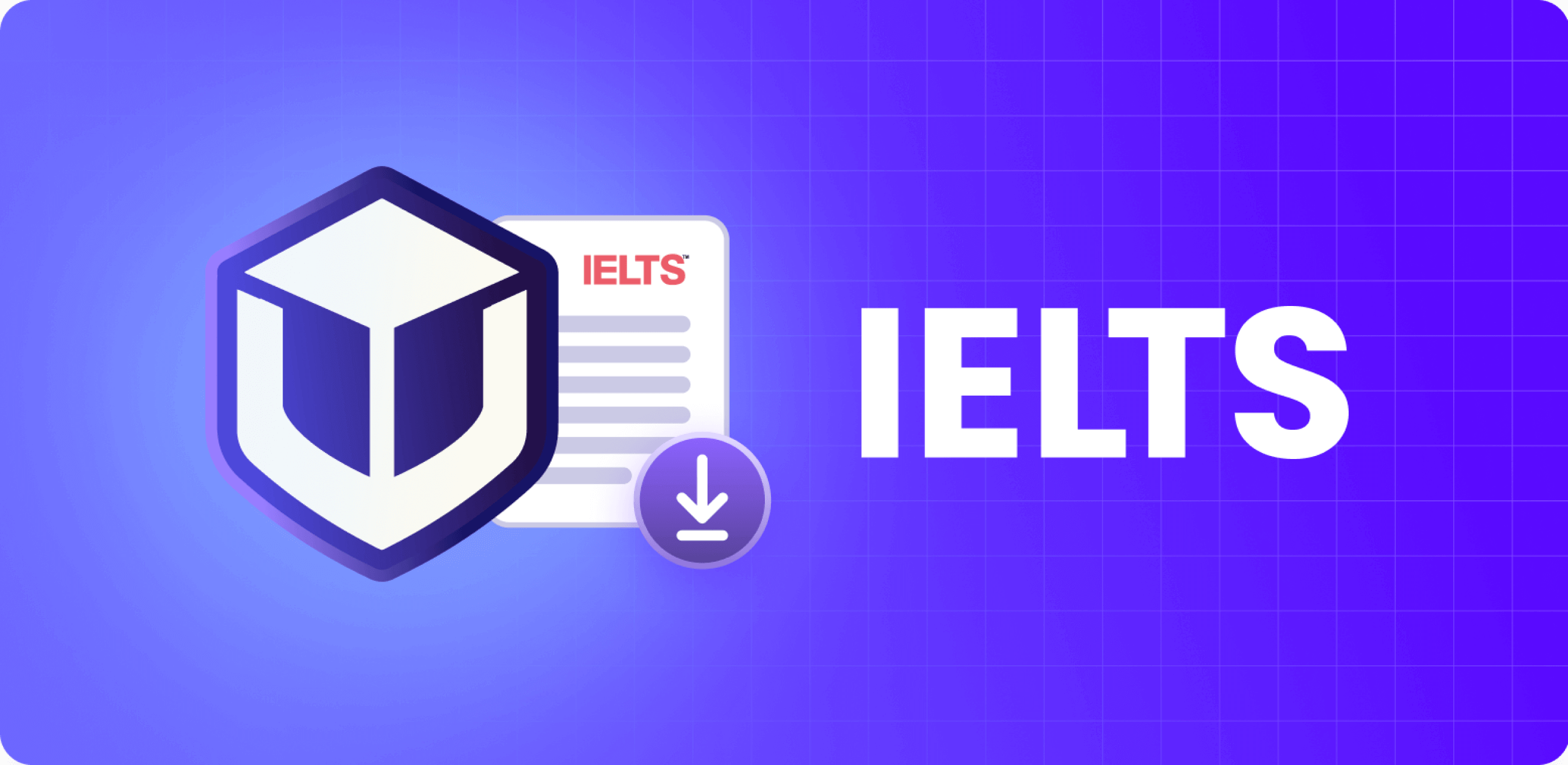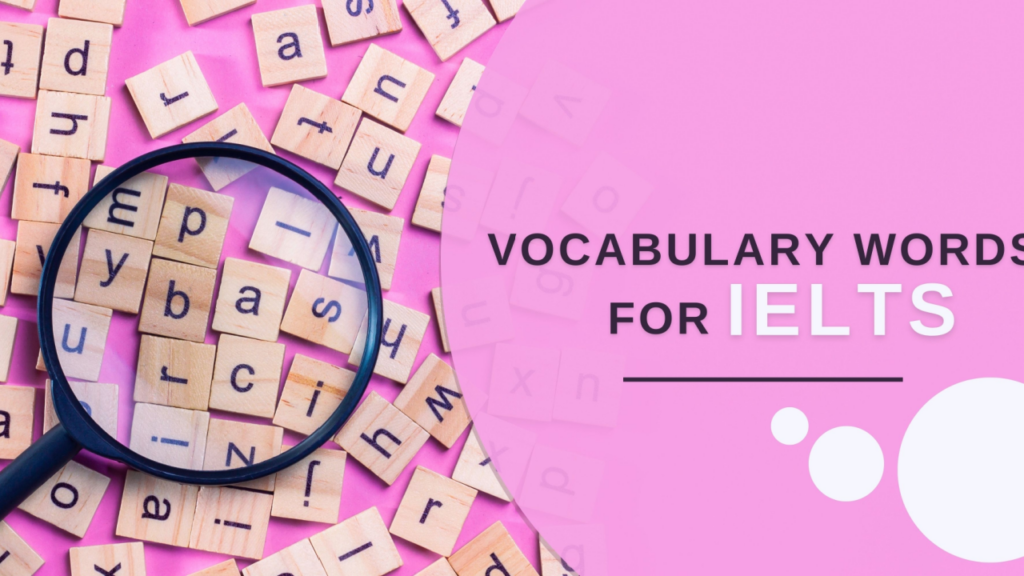Ever stared at “your” and “you’re” until your brain short-circuited? Or written “I will lead the project” and wondered if it could also mean the metal in a pencil?
You’re not alone. This confusion is one of the most common trip-ups I see in student essays. When you’re writing a Statement of Purpose (SOP) for a top university or aiming for a Band 7+ in your IELTS exam, small mistakes matter. This is where understanding the homograph vs homophone vs homonym difference stops being a boring grammar quiz and starts being a critical tool for your success.
Why? Because high-stakes assessments test your precision. The official IELTS Band Descriptors for Writing Task 2, for example, state that a Band 7 score requires a “sufficient range of vocabulary to allow flexibility and precision.” Using “their” instead of “they’re” is a direct hit against that precision.
Let’s break this down into a simple, no-fluff guide so you can master these concepts for your 2026 applications.
Homograph vs Homophone vs Homonym: The Quick-Reference Chart
First, let’s clear the difference between homonyms homophones and homographs with examples. Here is the entire concept in one simple table.
| Term | What’s the Same? | What’s Different? | Quick Example |
|---|---|---|---|
| Homophone | Sound (Pronunciation) | Spelling & Meaning | see / sea |
| Homograph | Spelling | Meaning & (Often) Sound | lead (metal) / lead (to guide) |
| Homonym | Sound AND Spelling | Meaning | bat (animal) / bat (sports) |
Now, let’s dive into homophones homonyms homographs examples you’ll actually use.
1. Homophones: The “Sound-Alikes”
Homophones are words that sound identical but have different spellings and different meanings.
These are, by far, the most common sources of errors I find when reviewing students’ Statement of Purpose (SOP) and application essays. Your word processor’s spell-check will not catch these because, technically, “their” is a perfectly spelled word. You just used it in the wrong context.
This is the key difference between homophones and homonyms: Homophones are only linked by sound.
Homophones Examples for Students:
- Their / There / They’re
- Incorrect: “The students left their bags.”
- Correct: “They’re going to leave their bags there.”
- They’re = They are
- Their = Possessive (belongs to them)
- There = A place
- To / Too / Two
- Incorrect: “I am to excited to go too the University of Toronto.”
- Correct: “I am too excited to go to the two events.”
- To = A preposition (direction)
- Too = Also, or an excess of (e.g., “too hot”)
- Two = The number 2
- Its / It’s
- Incorrect: “The university is proud of it’s campus.”
- Correct: “It’s (It is) a great university. Its campus is beautiful.”
- It’s = Contraction for “it is”
- Its = Possessive (belongs to it)
2. Homographs: The “Look-Alikes”
Homographs are words that share the exact same spelling but have different meanings. Crucially, they often have different pronunciations as well.
This is less of a writing problem (since the spelling is the same) and more of a reading and speaking challenge. This is crucial for your IELTS Speaking and Reading tests. If you see the word “read” in a text, you have to use the context to know if it’s the present or past tense.
Homographs Examples with Sentences:
- Lead
- Pronounced /lɛd/ (like ‘red’): “The pencil was made with lead.” (A type of metal)
- Pronounced /liːd/ (like ‘reed’): “I hope to lead the research team.” (To guide)
- Read
- Pronounced /riːd/: “I read the news every day.” (Present tense)
- Pronounced /rɛd/: “I read that book last year.” (Past tense)
- Minute
- Pronounced /ˈmɪnɪt/: “I will be ready in one minute.” (A unit of time)
- Pronounced /maɪˈnjuːt/: “The experiment requires minute (my-noot) attention to detail.” (Meaning “tiny”)
3. Homonyms: The “True Twins”
Now we get to “true” homonyms. These are the trickiest of all because they have the same sound AND the same spelling. The only thing different is the meaning.
Again, what are homophones and homonyms? Homophones just sound the same (like see/sea). Homonyms sound and look the same (like bat/bat).
Context is the only thing that can help you here.
Homonym Examples:
- Bat
- “The cricket bat was expensive.” (Sports equipment)
- “A bat (animal) flew into the room.” (A flying mammal)
- Address
- “What is your email address?” (A location or contact)
- “The dean will address the new students.” (To speak to)
- Fair
- “The judge must be fair.” (Just, equitable)
- “We are going to the university fair.” (A gathering or festival)
- Tear
- Pronounced /tɛər/ (like ‘bear’): “Be careful not to tear the paper.” (To rip)
- Pronounced /tɪər/ (like ‘here’): “A tear rolled down her cheek.” (Water from the eye)
- Expert Note: Because the pronunciation for “tear” can be different, some linguists would classify it as a homograph. As you can see, these categories can sometimes overlap!

Get a Free IELTS Vocabulary Cheatsheet
With 350+ words you should know for a 7+ IELTS band score.
Actionable Tips for Your 2026 Applications
- Read Your SOP Aloud
This is my first tip. When you read your essays out loud, your brain will often hear a mistake that your eyes missed. You’ll say “I am going to the store” and realize it sounds wrong.
- Create a Personal Error List
Do you always mix up “its” and “it’s”? Keep a single note on your phone. When you make a mistake, review the note. This method of active recall is proven to build memory.
- Trust Yourself, Not Just Spell-Check
Tools like Grammarly are helpful, but they are not foolproof. They cannot always understand your intended meaning. You are the final editor.
- When in Doubt, Re-Word
If you are staring at a sentence and just can’t figure it out, rewrite it.
- Instead of: “Their going to see their friends.”
- Rewrite: “Those students are going to see their friends.” (Problem solved!)
(Embed: https://youtu.be/h9OwARKBz2U?si=16fIxv1OiA0zWKls )
Conclusion: Why This Matters
Mastering the homograph vs homophone vs homonym is about more than just grammar. It’s about showing that you are a careful, precise, and high-quality candidate.
When an admissions officer at a school like the London School of Economics (LSE) or the University of Michigan is reading your 500th essay of the day, a clean, error-free paper is a breath of fresh air. It signals that you are serious, professional, and ready for a world-class education. Join Leap Scholar’s free IELTS masterclass to master the English language.
Frequently Asked Questions (FAQs)
-
Is “lead” a homograph or a homonym?
It’s a perfect example of a homograph. The spelling (“lead”) is identical, but the pronunciation and meaning are different: “to guide” (/liːd/) and “a metal” (/lɛd/).
-
Is “bat” a homograph or a homonym?
It’s a “true” homonym. The spelling (“bat”) and sound (/bæt/) are identical, but the meanings (animal vs. sports equipment) are different.
-
Can you give me homonyms homophones homographs with examples all at once?
Homophone Example: “I see the sea.”
Homograph Example: “I read (reed) a book every day. Yesterday, I read (red) the whole thing.”
Homonym Example: “The bat (animal) hit the cricket bat (equipment).” -
What are 20 homograph examples?
Lead, Bow, Tear, Wind, Bass, Object, Present, Minute, Record, Close, Desert, Excuse, Dove, Row, Wound, Subject, Refuse, Sow, Conduct, Live.
-
What are the 20 homonyms?
Bark, Bat, Ring, Watch, Right, Fair, Lie, Nail, Seal, Match, Address, Well, Spring, Light, Park, Fly, Bank, Rock, Current, Trip.
-
What are the 4 types of homonyms?
Perfect homonyms – Same spelling & sound (bank).
Homophones – Same sound, different spelling (right / write).
Homographs – Same spelling, different meaning (tear).
Polysemes – Related meanings (mouth of river/person). -
What is the difference between a homonym, a homophone, and a homograph?
Homonyms: Same spelling or sound, different meanings (e.g., bat – animal/cricket).
Homophones: Same sound, different spelling (e.g., two / too / to).
Homographs: Same spelling, different meanings, may sound different (e.g., lead – guide/metal).
















Have Questions? Get Guidance to reach your Dream University
Connect with India's finest counsellors and biggest study abroad community.
Get Guidance